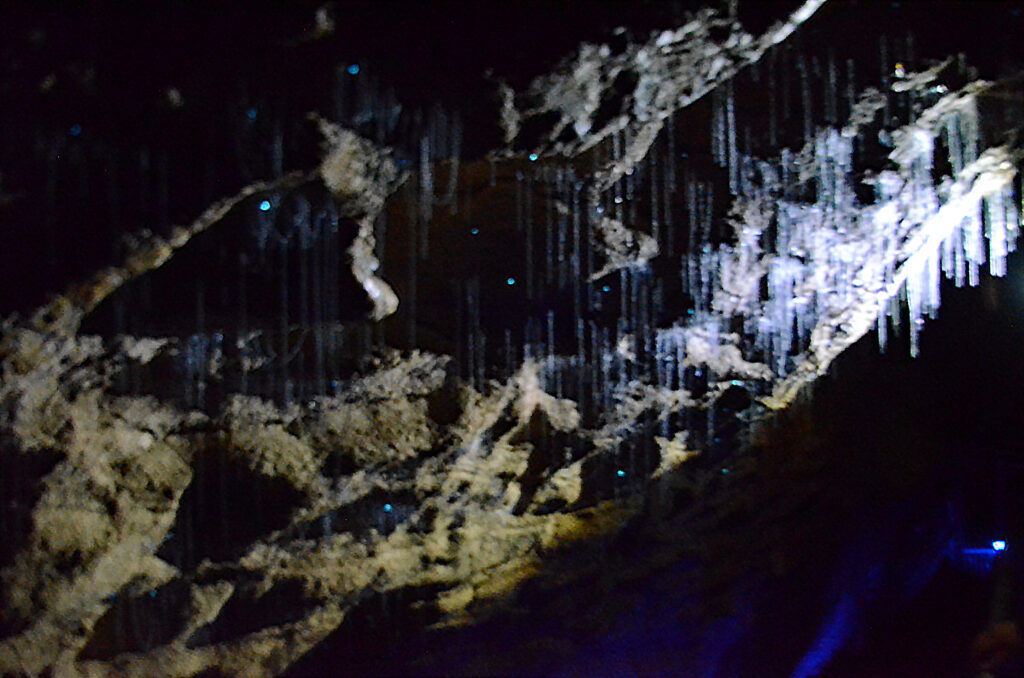For centuries, the Amazon rainforest has been shrouded in mystery—a green ocean that swallowed secrets whole. Legends spoke of lost civilizations, but thick jungle and muddy rivers kept their stories buried. Now, thanks to modern technology and a shift in scientific thinking, breathtaking patterns have emerged from beneath the canopy: ancient earthworks, massive mounds, and geometric shapes that challenge everything we thought we knew about the world’s largest rainforest. What lies beneath the Amazon’s leafy veil? The answer is more astonishing than anyone could have imagined.
A Hidden World Revealed by Satellite Eyes

Imagine soaring above the Amazon, gazing down through a gap in the clouds, and spotting perfect circles, squares, and lines etched into the earth. For decades, these shapes remained invisible to explorers trudging through tangled vines. But with the rise of satellite imagery and LiDAR scanning, scientists have discovered over 450 mysterious earthworks—once completely hidden by the jungle. These patterns, often spanning several football fields, suggest a complex society that left its mark long before the forest grew wild again.
The Enigma of the Geoglyphs

The geometric figures, known as geoglyphs, are as mesmerizing as they are puzzling. Some are precise circles; others are squares or interlocking lines, all carved into the earth with astonishing accuracy. Unlike Nazca Lines in Peru, these shapes weren’t meant to be seen from space, but their scale is so massive that only an aerial perspective reveals their full beauty. Researchers still debate their purpose—were they ceremonial centers, defensive structures, or perhaps astronomical observatories? The sheer number and variety point to a civilization far more sophisticated than anyone previously believed.
Rediscovering Lost Civilizations
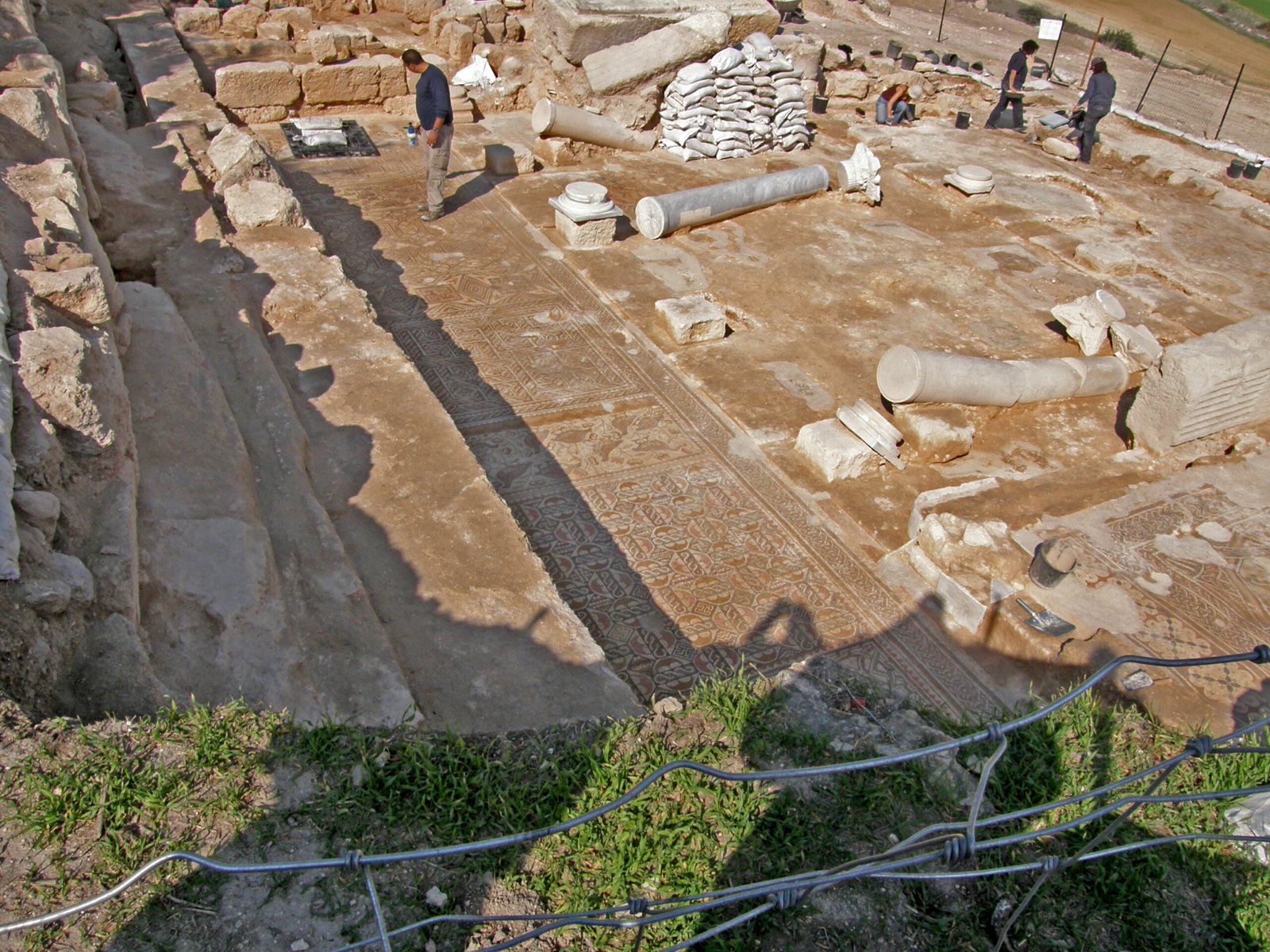
For centuries, Western scientists wrote off the Amazon as a “counterfeit paradise,” too inhospitable for large societies. Yet the earthworks tell a different story. Archaeologists now believe that up to five million people may have lived in the Amazon before European contact. These ancient societies built roads, bridges, canals, and monumental mounds, organizing their world with a precision that rivals the great civilizations of Egypt or Mesopotamia. Their secrets, long buried under the forest, are finally coming to light.
The Science of Seeing Through Trees
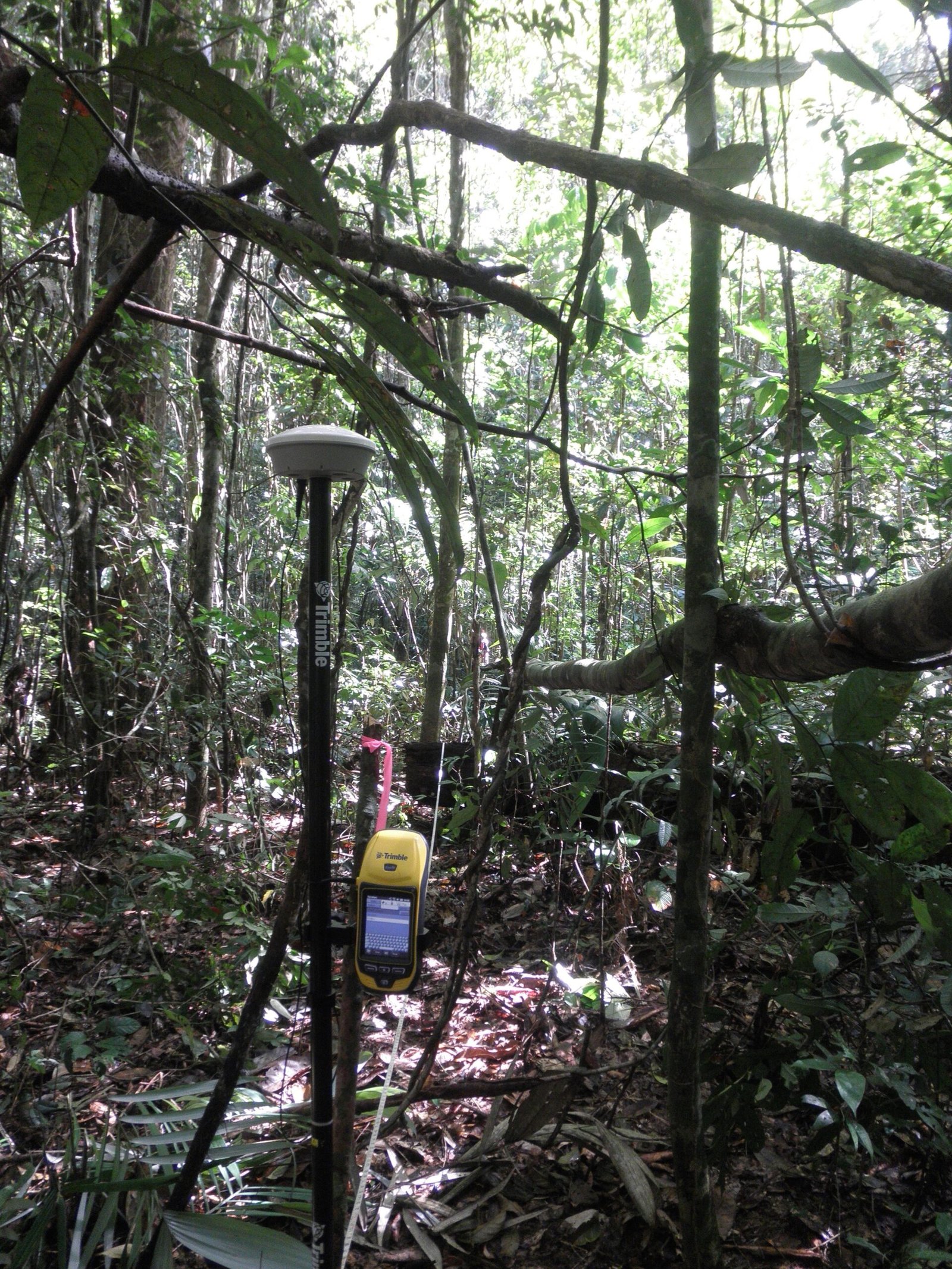
To truly unearth the Amazon’s ancient past, scientists have turned to cutting-edge technology. LiDAR—light detection and ranging—shoots laser pulses from airplanes, creating detailed 3D maps of the ground beneath even the thickest forest. This technology has revolutionized archaeology, allowing researchers to “peel back” the jungle and reveal earthworks and settlements invisible from the ground. Each new scan uncovers more evidence of a thriving, interconnected world beneath the leaves.
Mounds and Monuments: Engineering Feats in the Amazon
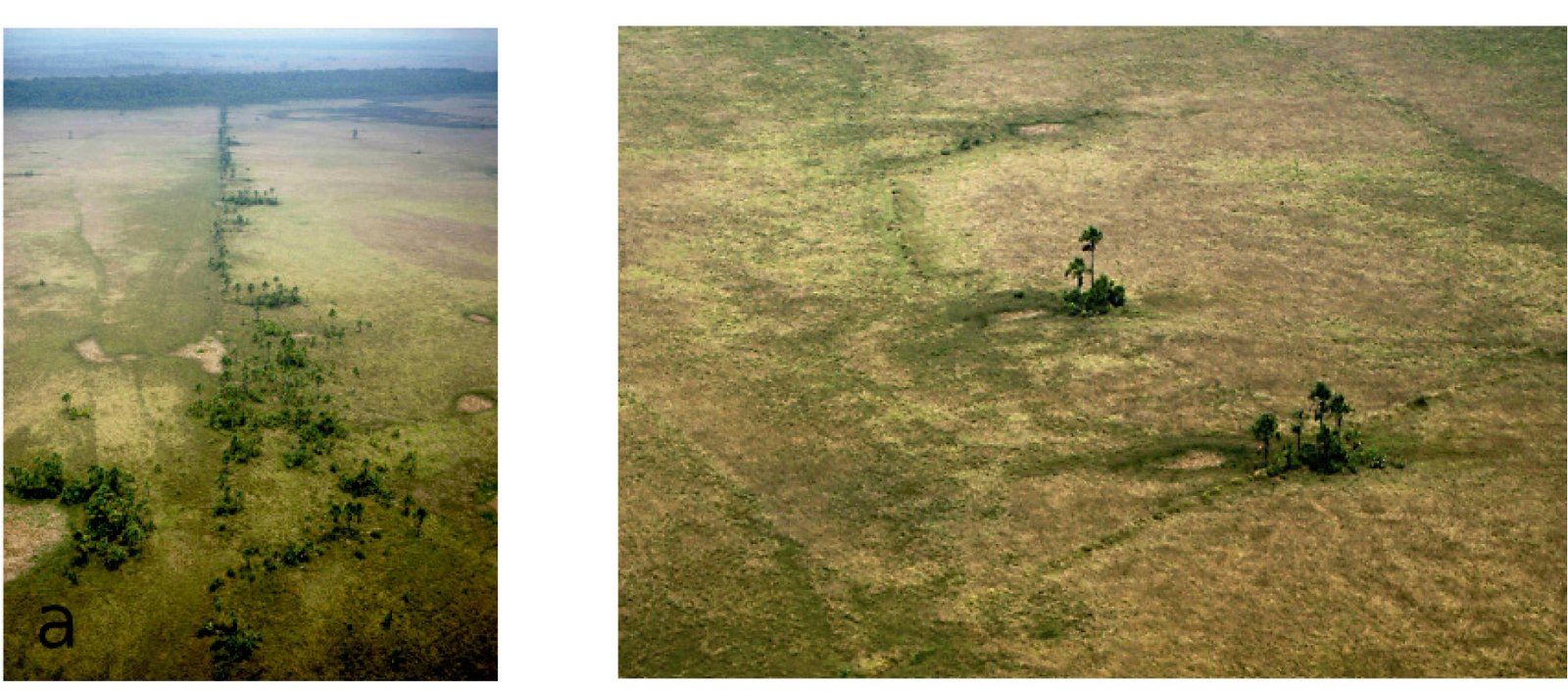
The Amazon’s earthworks aren’t just pretty patterns—they’re feats of engineering. Some mounds reach over 30 feet high and stretch more than 300 feet across. Builders dug massive ditches and constructed embankments using only hand tools, shifting thousands of tons of soil. These efforts weren’t random; the layouts are meticulously planned, often aligned with the cardinal directions and celestial events. Such precision speaks to a deep knowledge of mathematics, astronomy, and landscape design.
Life Around the Mounds: Ancient Amazonian Communities
The people who built these earthworks weren’t isolated bands of hunter-gatherers. Evidence suggests they lived in villages arranged around plazas, with roads connecting neighboring communities. Remnants of pottery, food storage pits, and even fish ponds reveal a complex, organized society. The mounds likely served as gathering places for rituals, feasts, and trade—hubs of social and cultural life in the heart of the rainforest.
The Role of Terra Preta: Amazonian Dark Earth
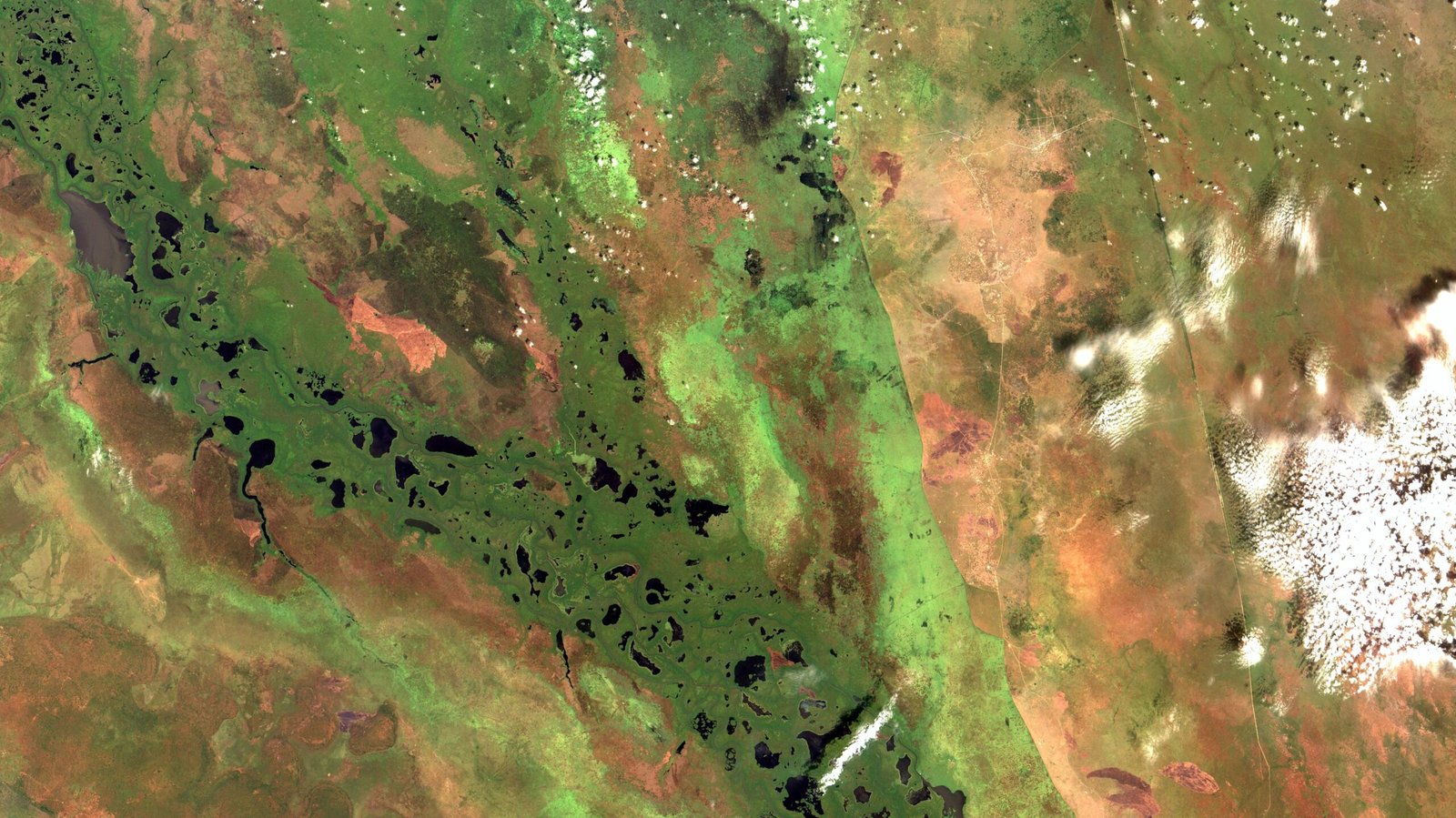
One of the Amazon’s greatest mysteries is its rich, black soil known as terra preta. Found around many earthworks, this man-made soil is packed with nutrients and charcoal, allowing crops to flourish in a region notorious for poor natural earth. Archaeologists believe ancient Amazonians created terra preta by mixing kitchen waste, animal bones, and charcoal into the soil. This agricultural innovation fueled dense populations and is still prized by local farmers today.
Challenging Old Myths About the “Pristine” Amazon
For generations, the world saw the Amazon as untouched wilderness, a place where nature ruled and humans barely left a mark. The discovery of earthworks flips that narrative upside down. The forest, it turns out, has been shaped by human hands for millennia. Ancient peoples created parklands, planted orchards, and sculpted the landscape, demonstrating a deep partnership with their environment rather than domination or destruction.
Climate Change, Deforestation, and the Race Against Time
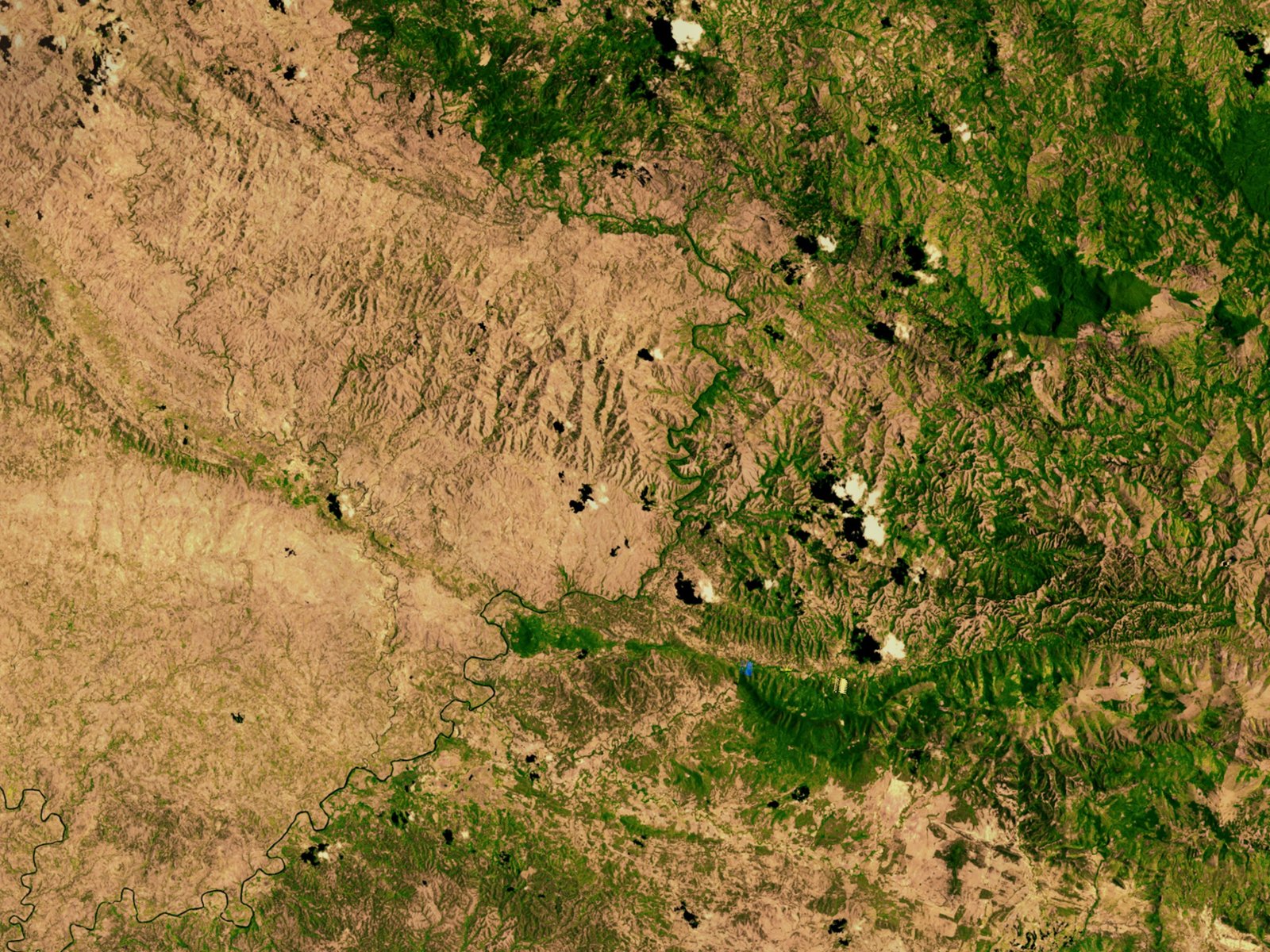
Ironically, some earthworks have only become visible as deforestation strips away the jungle. While this has led to important discoveries, it’s also a stark reminder of how quickly these treasures are vanishing. Illegal logging, mining, and fires threaten to destroy sites before they can be studied. Archaeologists are in a race against time to document and protect these fragile remnants of the past.
Living Descendants and Cultural Continuity
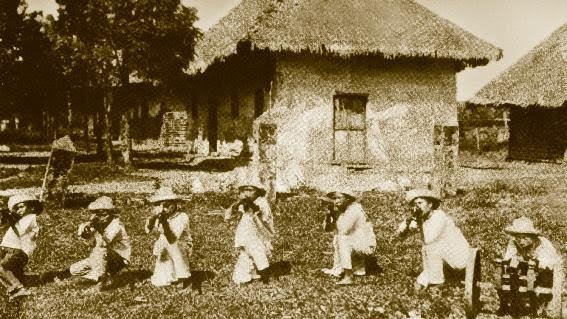
The story of the Amazon’s ancient mounds isn’t just about the distant past. Many Indigenous groups living in the region today are descendants of the people who built these earthworks. Their languages, traditions, and knowledge hold clues to the meaning of the mounds. By working with local communities, scientists gain deeper insights into ancient technologies and ways of life that still resonate in the forest today.
Unraveling the Purpose: Ritual, Defense, or Astronomy?
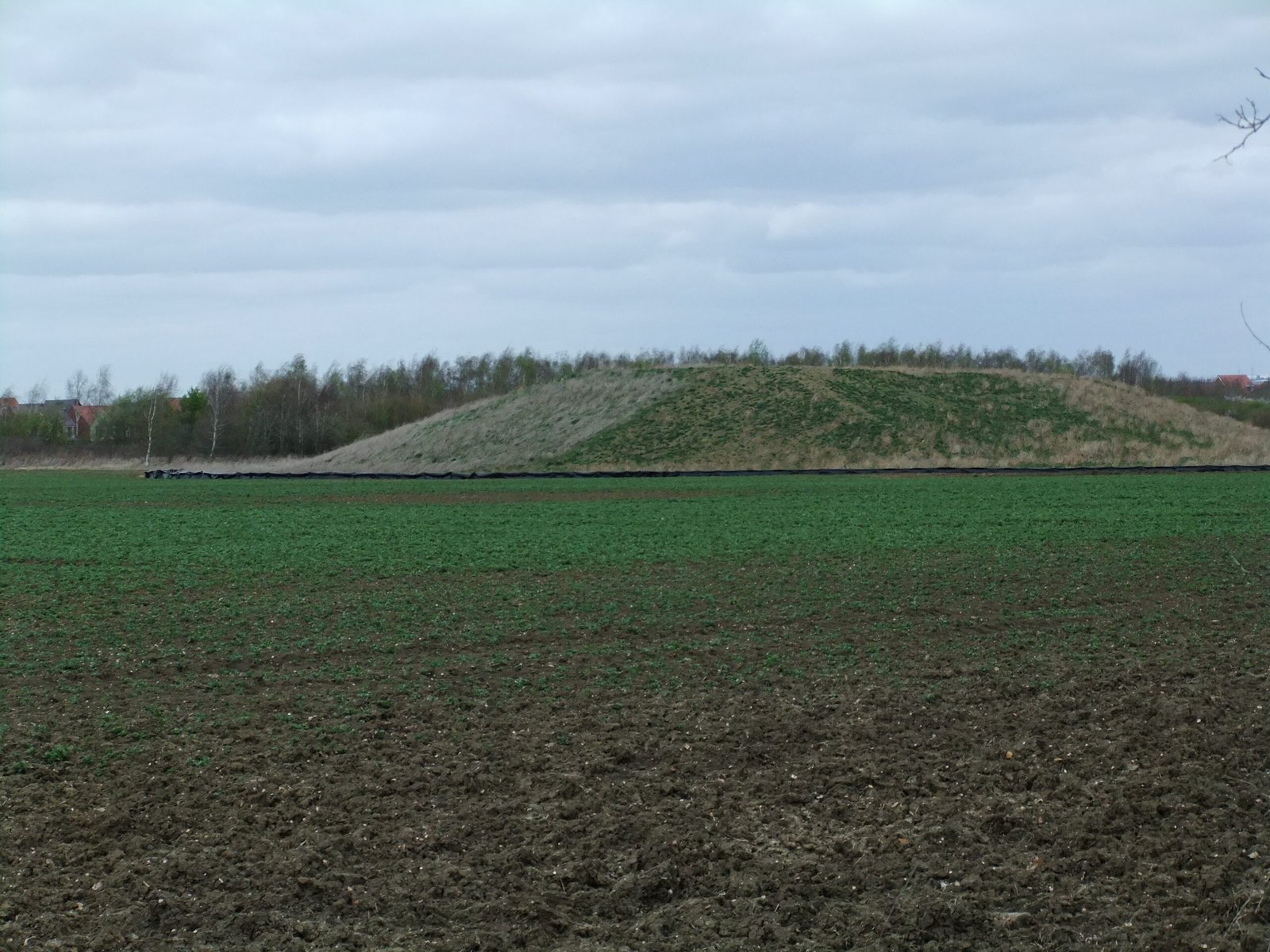
Trying to decipher the true function of the Amazonian earthworks is like piecing together a giant puzzle with half the pieces missing. Some researchers think the mounds were ceremonial centers—places for feasts, dances, and spiritual gatherings. Others point to defensive features, like moats and embankments, hinting at warfare or protection. Still, others suggest astronomical alignments, with certain structures marking solstices and equinoxes. The answer may be all of these things, reflecting a society as complex as any in the ancient world.
Patterns Across the Americas: Not an Isolated Phenomenon
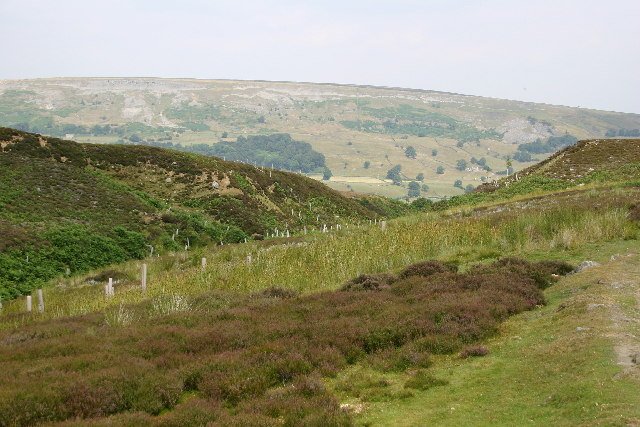
The Amazon’s mounds aren’t unique. Similar earthworks appear across South America, from Bolivia’s Llanos de Moxos to the Brazilian state of Acre. Even in North America, the Mississippian culture built vast mounds and ceremonial complexes. These parallels suggest a deep-rooted tradition of landscape engineering, connecting distant cultures by a shared language of earth and geometry.
The Importance of Preserving Archaeological Heritage
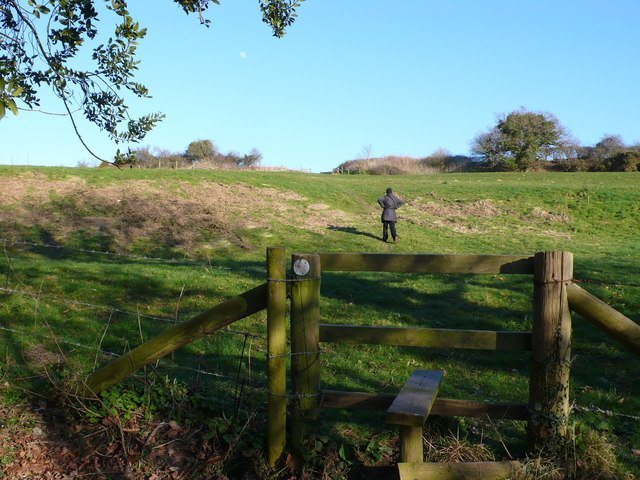
Discovering these ancient earthworks is thrilling, but preservation is urgent. Looters, developers, and natural erosion threaten to erase them forever. Protecting these sites means more than saving old dirt; it’s about honoring the ingenuity and resilience of people who transformed the rainforest. Each mound is a time capsule, waiting to teach us about sustainable living, adaptation, and human creativity.
Modern Science Meets Ancient Wisdom
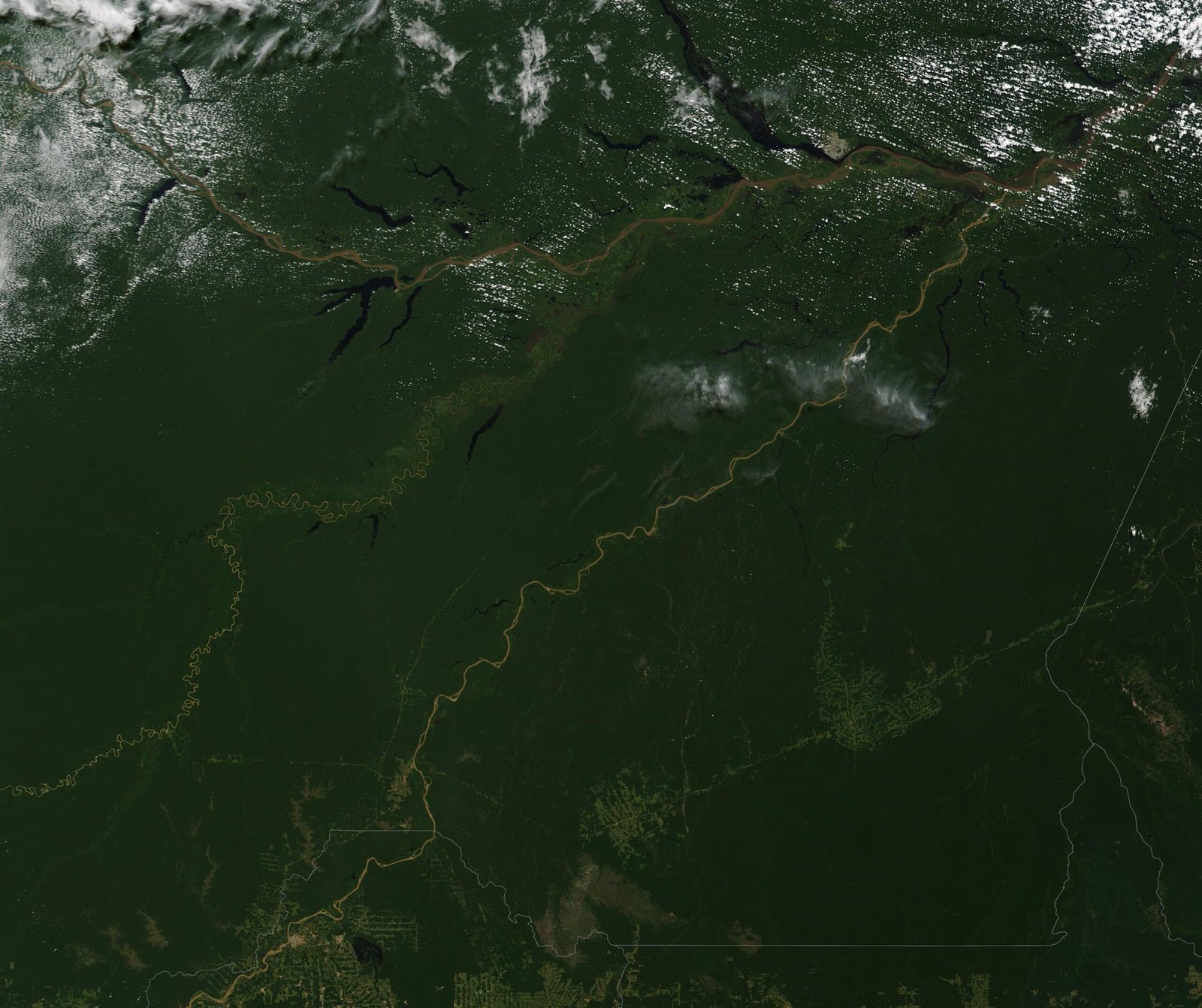
Science is only now catching up to the knowledge Indigenous peoples have nurtured for generations. By combining satellite data, soil analysis, and oral histories, researchers are building a fuller picture of the Amazon’s past. This collaboration is rewriting textbooks and inspiring new respect for the forest’s original stewards. Sometimes, the best discoveries happen when old wisdom meets new tools.
Unexpected Legacies: Biodiversity and Human Influence
A surprising twist in the story is the effect of these ancient societies on today’s biodiversity. Many of the Amazon’s most productive orchards—filled with Brazil nuts, cacao, and açaí—were planted by humans centuries ago. The forest’s famed diversity is, in part, a human creation, the result of careful tending and selection over generations. What looks wild is, in fact, the world’s greatest cultivated garden.
The Thrill of Ongoing Discovery

The Amazon’s earthworks are only the beginning. Every year, new sites are found, each one adding a piece to the puzzle. With every aerial survey and every shovel in the ground, the story grows richer, more surprising, and more human. The rainforest is giving up its secrets, and the adventure of discovery is far from over.
Educational Opportunities and Global Fascination
The revelation of Amazonian mounds has sparked global curiosity. Schools, museums, and documentaries are bringing these discoveries to a wider audience, inspiring young scientists and history buffs alike. The story of the Amazon’s lost civilizations isn’t just for academics—it’s for anyone who’s ever wondered what lies beneath the surface of the world’s greatest forests.
Conservation Through Curiosity
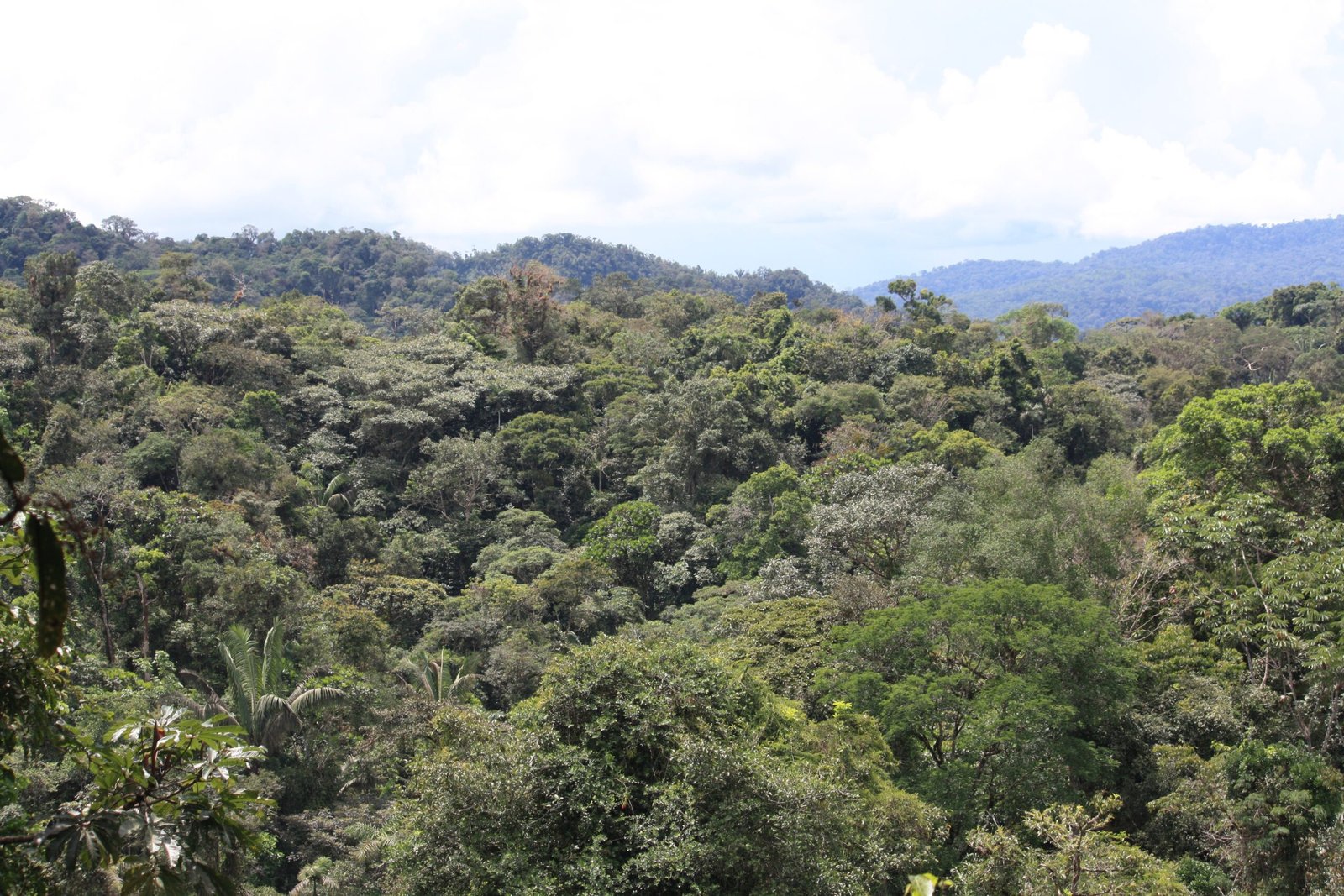
Perhaps the greatest legacy of these discoveries is the sense of wonder they inspire. The mounds remind us that the Amazon is more than just a “lungs of the planet”—it’s a living library, full of stories written in soil and stone. Protecting it means preserving both nature and history, ensuring that future generations can marvel at its mysteries just as we do today.
What Will We Discover Next?
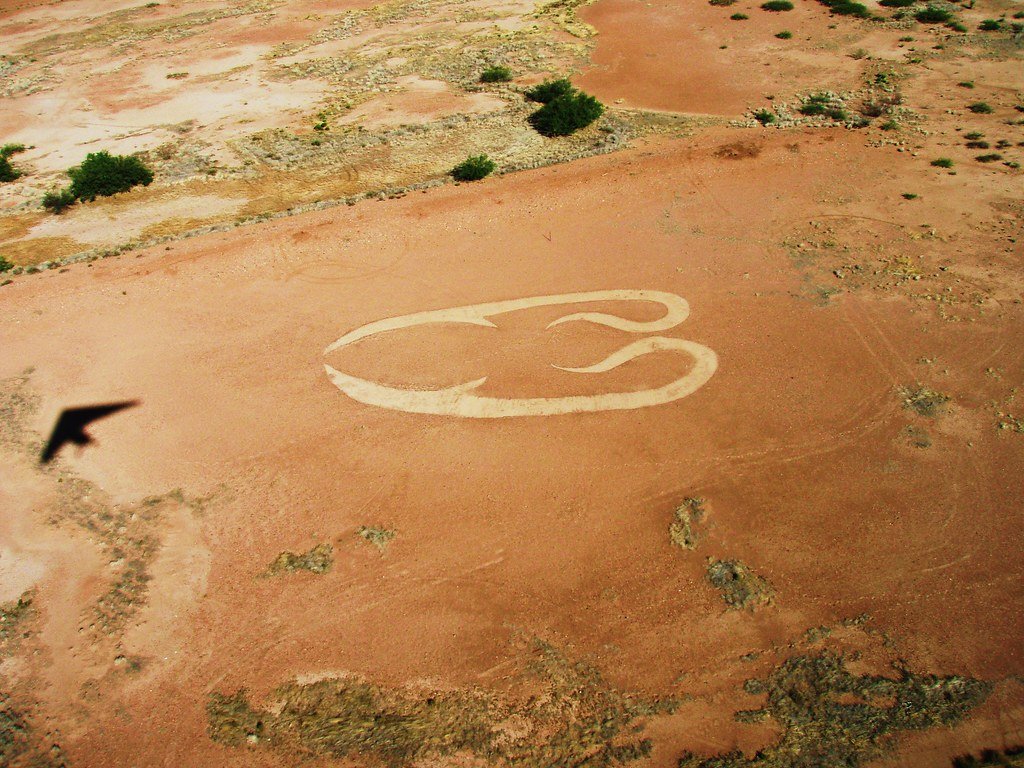
The Amazon’s underground mounds have turned scientific assumptions on their head and given us a glimpse into a world both familiar and utterly alien. With each new find, we’re reminded how much is left to learn—not just about the past, but about the intricate dance between people and the planet. What secrets still sleep beneath the trees, waiting for curious eyes to find them?

